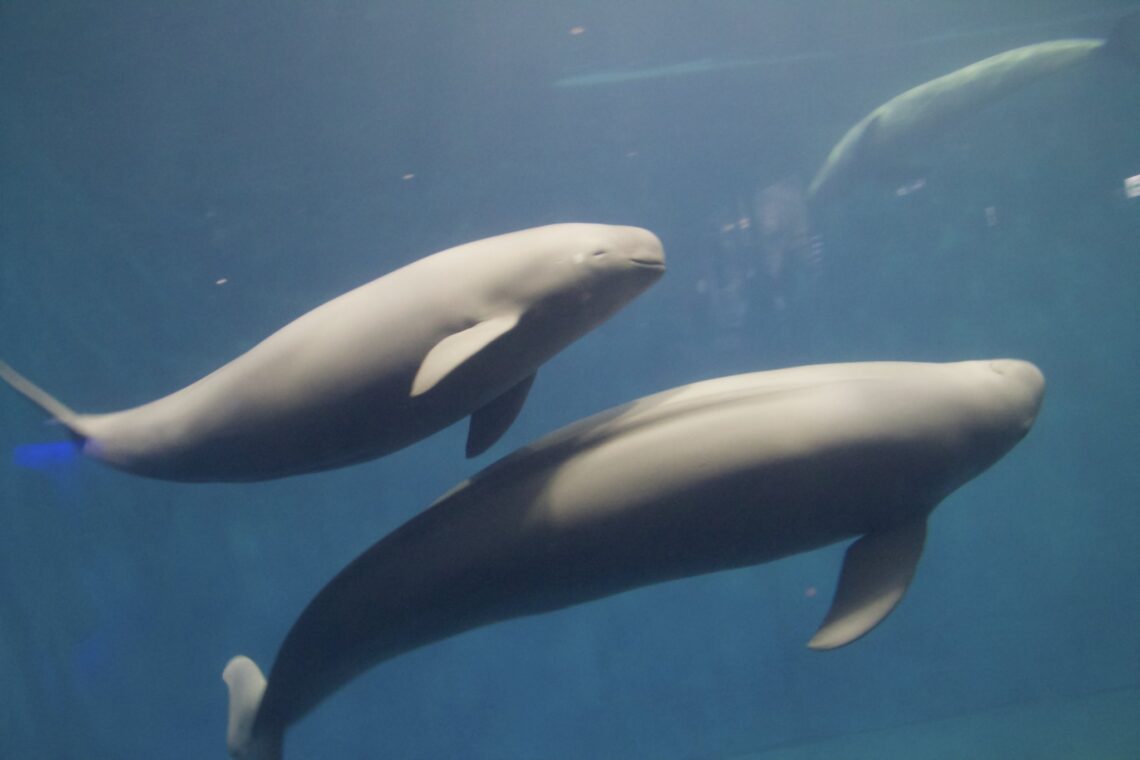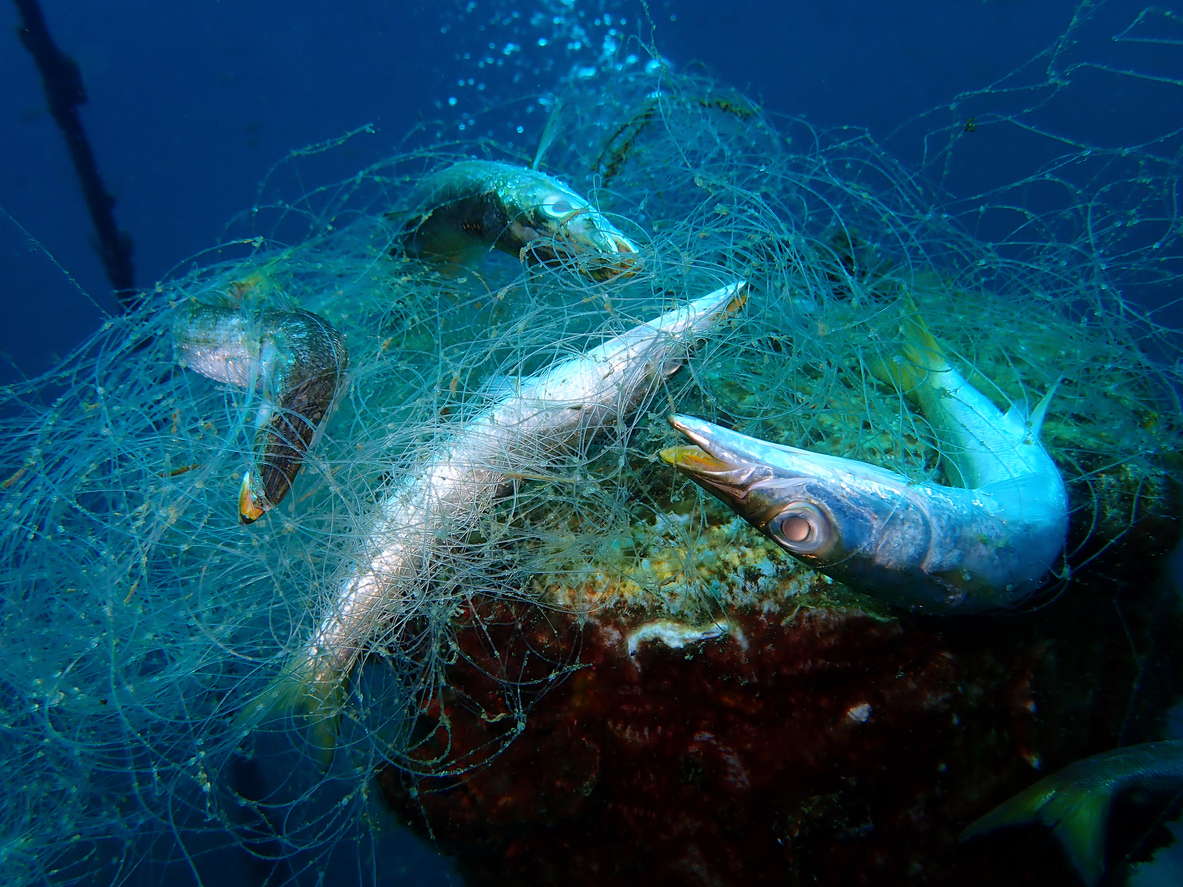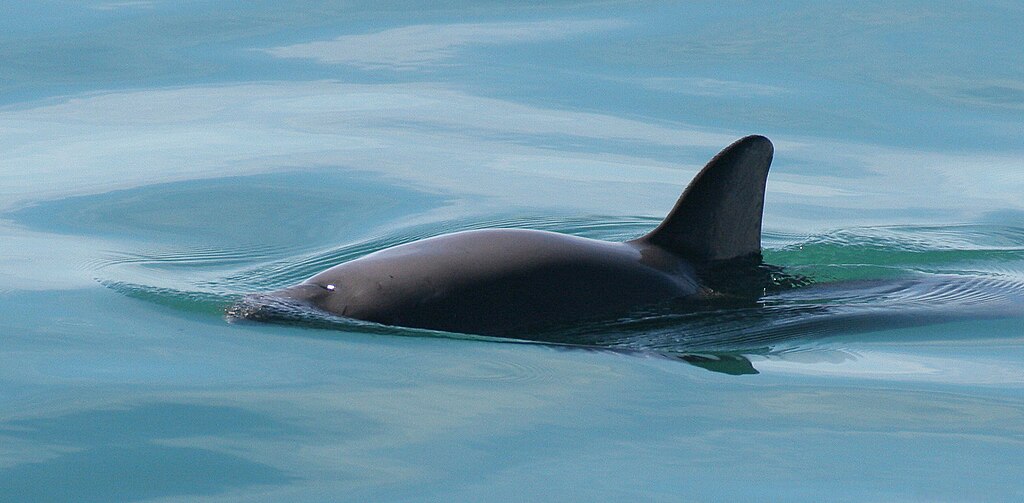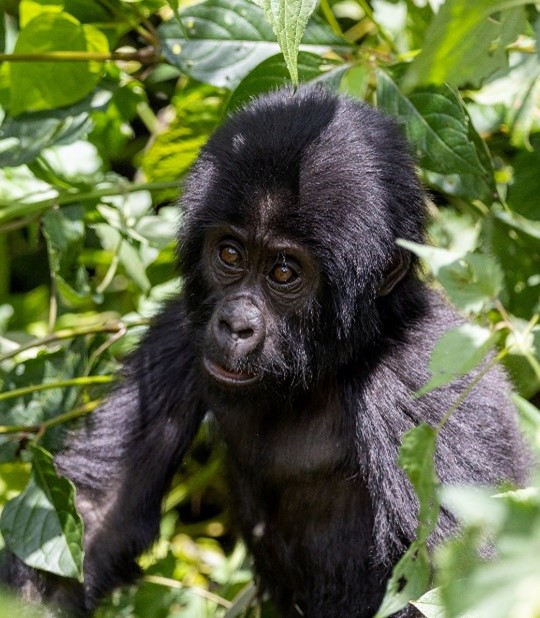
Smiling Angel in Peril: The Yangtze Finless Porpoise
By Holly Shaftel, contributing writer
In China’s Yangtze River, a shy, finless “Smiling Angel” glides through the water, echolocating with others of its kind. This is the Yangtze finless porpoise, the world’s only known freshwater porpoise. It once shared its habitat with the Baiji dolphin, however that species was declared functionally extinct* in 2007.
Now, the porpoise faces its own fight for survival. In 2013, the International Union for Conservation of Nature (IUCN) listed it as critically endangered due to growing threats from human activity. Will the porpoise disappear next?
Why Do We Need the Yangtze Finless Porpoise?
Nature is like a giant game of Jenga. Each species is a block that keeps everything balanced. When one species disappears, the whole thing starts to wobble. If too many are lost, the tower crashes.
That is what’s happening with the Yangtze finless porpoise (and other endangered species). This creature tells us about freshwater health. If its population is thriving, the Yangtze River’s ecosystem is healthy. But as its numbers drop — and they’re dropping fast — it’s a big red flag that something is seriously wrong with the river.
Since millions of people rely on the Yangtze for food and water, protecting these porpoises isn’t just about saving a cool animal — it’s about protecting the river that humans need to survive.
What’s Threatening its Survival?
Scientists say the Yangtze finless porpoise has been vanishing since the 1980s for the same reasons that drove the Baiji dolphin to extinction, including:
Illegal fishing: These animals get trapped in hazardous fishing gear and drown.

Pollution and habitat destruction: Sand mining, industrial waste, and sewage ruined their home and food supply.
Boat traffic: Boats and ships injure and kill these cetaceans**. Mining boats blocked the porpoises’ food from entering the lake. Noise pollution from boat engines make it harder for these creatures to communicate with each other, avoid predators, find prey, and navigate.
Dam construction: Dams such as the Three Gorges Dam disrupted water flow and prevented fish (a food source) from becoming available to eat.
Climate change: Rising water temperatures, more frequent storms, and decreasing water levels make things even worse, destroying habitats and limiting food.
What’s Being Done, and What You Can Do, to Help the Yangtze Finless Porpoise
The IUCN estimates that only 500-1,800 mature individuals are left in the wild. With each mama porpoise giving birth only every 18 months or so, saving this animal might sound impossible, but it’s not!
In fact, China reported a 23% population increase in 2023. By their counts, the number has risen from 1,012 to 1,249 over a five-year period.
How did they pull that off? The World Wildlife Fund says it took protected areas, stronger laws, working with local communities, and better river management.
Want to help? Here’s what you can do:





The porpoises are making a comeback — and you can be part of their story.
* ”Functionally extinct” means that a species is so rare that:
They can no longer help the ecosystem. For example, if a predator goes functionally extinct, its prey can overpopulate.
They can’t make a comeback. That can mean there aren’t enough individuals to breed, or they might be inbreeding, weakening their genetics and survival chances.
In other words, they’re still here, but not for long.
** whales, dolphins, and porpoises
Take a walk on the wild side—learn how amazing animals are fighting to survive.
Main image: A photo of two finless porpoises swimming through fresh water. Credit: foooomio/Flickr





